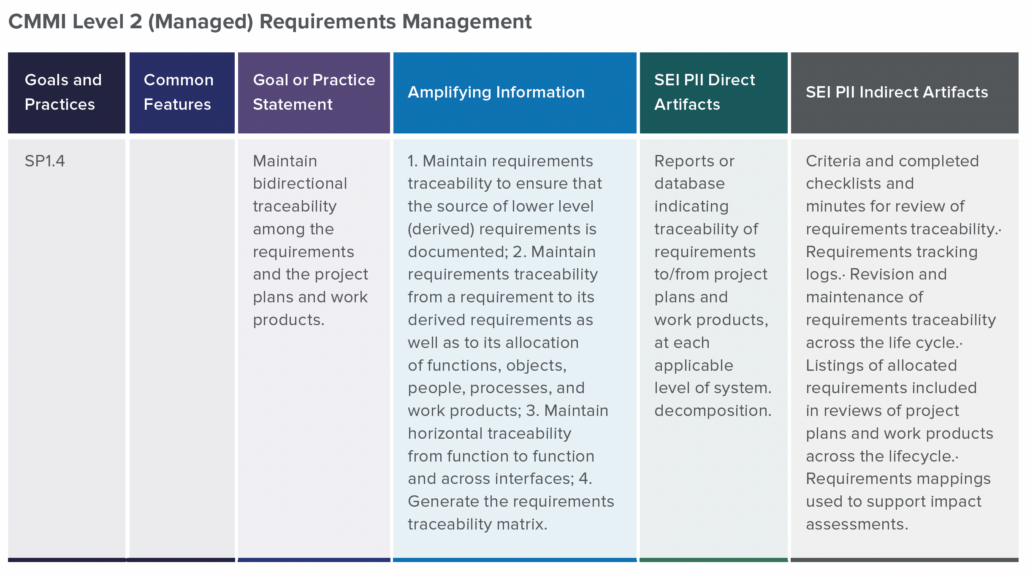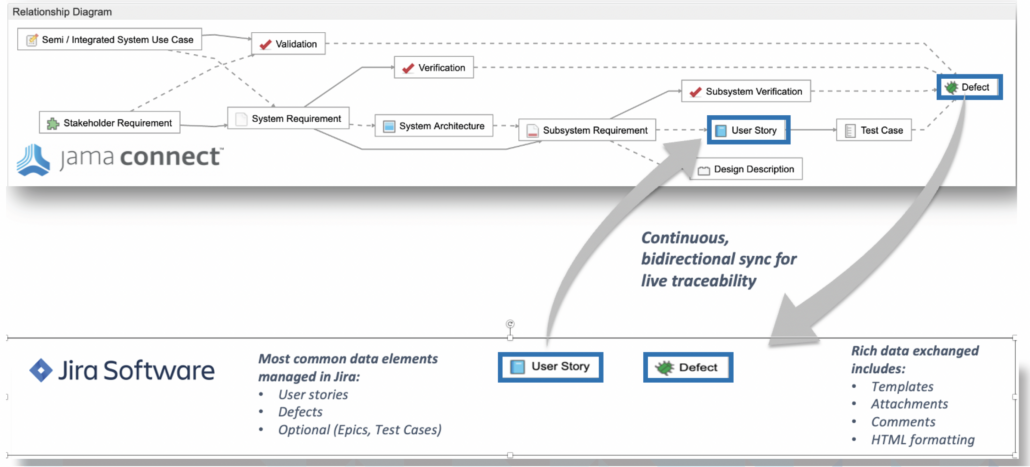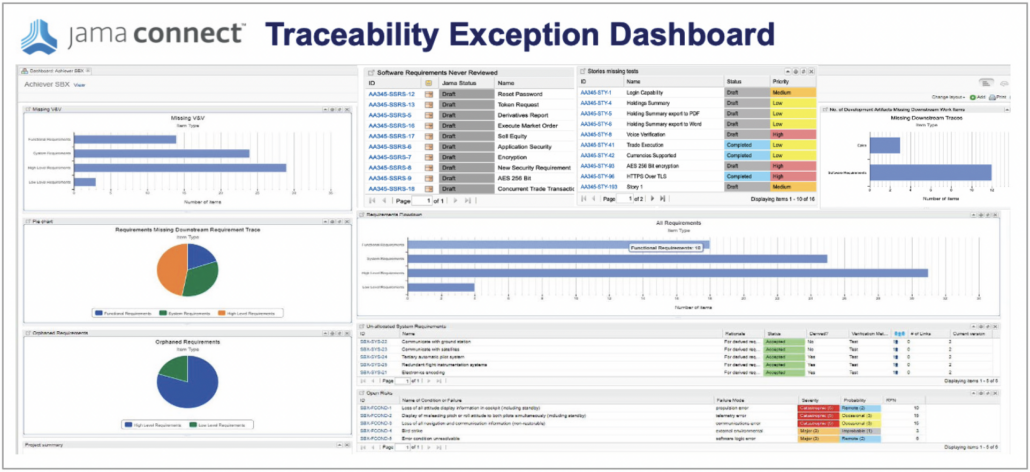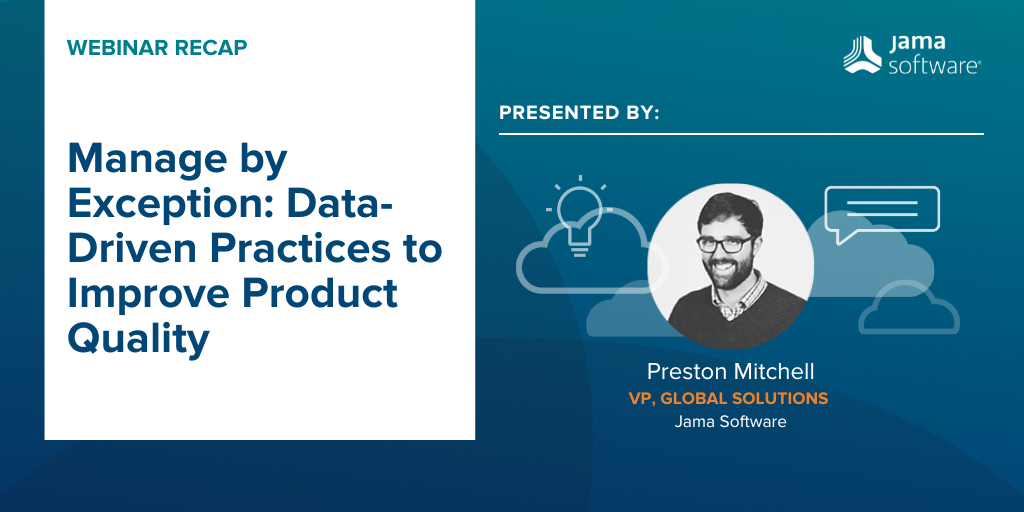
In this blog, we recap our webinar, “Manage by Exception: Data-driven Practices to Improve Product Quality”. Click HERE to watch the entire webinar.
Curious how data-driven practices unlock successful product delivery?
Our recent webinar explores the transformative approach of managing by exception in reducing product failure risk. In this session, we walk through why managing by data is crucial, how data “exceptions” uncover gaps, and real-life examples in product development.
During this informative session, Preston Mitchell, VP, Global Solutions at Jama Software®, offers insights on how Jama Connect® helps teams proactively prevent gaps in requirement quality and traceability to streamline their product delivery process.
Check out this webinar to learn:
- Why data-based management is important
- The definition of a data “exception” and how it uncovers gaps
- Examples of “exceptions” in daily product development and requirements management
- How Jama Connect’s unique features, such as Advanced Filters and Dashboards, can help your team manage by exception
- How to proactively prevent exceptions using Jama Connect Advisor™ and Live Traceability
- Discover how Jama Connect can help your team manage by exception and navigate product development with precision.
Below is an abbreviated transcript of our webinar.
Manage by Exception: Data-driven Practices to Improve Product Quality
Preston Mitchell: Hello everyone and thank you for joining today. My name is Preston.. I’m the VP of our solutions department at Jama Software and I lead our rockstar team that delivers solutions and services for all of Jama Software’s customers. I’ve been with Jama Software for over 10 years and held several positions within the company and over the course of my time here, through hundreds of client engagements to onboard and deploy Jama Connect, I have learned a lot from our customers and our customers really are our inspiration. They’re building next-generation products like self-driving cars, life-saving medical devices, futuristic robots, and the thread that ties all of these customers together is the central theme of how we can make better decisions to improve the success rate of our R&D function or our product development function. So I’m really excited to talk to you all today about the theme of managing through data to do just that. How can we bring measurable improvement to your process?
So for the agenda today, we’re going to talk about the power of data, how Jama Software empowers our customers to use data and exception management, and some key measurements that we prioritize such as requirements quality and the traceability score. And then finally we’ll close out with how you can plan for success in this and just some Q&A from the audience. So we’ll have my colleagues helping out with the chat. Juliet’s going to share some of the questions, so don’t hesitate to use the chat to ask questions.
RELATED: How to Develop IoT Products with Security in Mind
Mitchell: All right, so it should be obvious to most, but managing through data brings several benefits to your organization. Software is a part of our day-to-day work and it’s enabled an exponential increase in collaboration and visibility. And increasing visibility to that critical data and the workflows allows teams to have a more shared understanding of the goals, the problems, and the action items that all go into making successful products. And rolling up this data allows the R&D and product development leaders to have more real-time metrics and make better business decisions. So when you start to manage through data, this increased visibility really encourages process improvement and also really professional growth. But at the same time, there’s a challenge that comes along with this. This increase in the amount of data that is available often is overwhelming given that the time that you have in a day is really a fixed resource.
We want to make this a little bit interactive. I’d be curious to hear from the audience, how do you use or maybe how do you not use data today in your decision-making with regards to developing new products? So Juliet, why don’t we pull up our first poll? What’s the primary method that your organization uses for major decisions in the development of the products and systems that you build? So we’ll give folks about 20 seconds to answer this.
Okay, and I see some interesting results coming in here so far. Well, I know it’s hard to pick just one primary as the reality is there are likely multiple of these here for really large decisions. I was wondering how many folks would pick the first and the last option. Intuition or just plain not sure. So let’s move forward here.
I have linked a very interesting Harvard Business Review article called Don’t Trust Your Gut. But if I were to summarize it, intuition is often glorified quite a bit in the business world and especially when people are wildly successful. So for example, if you make a big business or a personal bet that pays off, these are often celebrated. But in business, we hear a lot about failures too, and they’re often blamed on things like poor timing, and poor market fit, maybe a lot of it is poor execution, but one adjacent failure symptom is the lack of an alarm to trigger a change. So we often hear the old adage, that it’s better to fail fast than early so you have a chance to course correct.
RELATED: Reduce Project Risk in the Product Development Process
Mitchell: With the right data and the right alarm triggers, this is possible and for the customers that Jama Software works with, you have smart engineers, product managers, and business analysts, oftentimes biased and emotional. They can play a real role in making bad decisions that eventually lead to some sort of R&D or product development failure. And when your engineering leaders or even yourself don’t have the data on execution progress when your teams are not actually tracing requirements to the why or the need for customer validation. And when we don’t have insight into things like verification coverage, and all that missing data, you’re going to find that we encounter these problems way too late in the development cycle.
And we see this very often in the news, these failures that happen too late. Investigations happen, and recommendations are made, but how can we make data available to the right people so that we can prevent these issues from ever occurring in the first place? That’s what we’re going to talk more about today. And as the famed management guru, Peter Drucker said, “If you can’t measure it, you can’t improve it.” So being able to use data to measure allows your teams to see recurring patterns or anomalies and then individuals can then take care of these before they become a larger problem. Or better yet, how can we create preventative measures and automation to improve the process overall?
So that leads us to the key principle that we’re going to talk about today. Management by exception. So management by exception is a methodology that’s really meant to empower your team with the data around early warning indicators so that you can make smarter and faster decisions. It also allows leadership to focus their time on the exceptions and not micromanaging or intervening with the teams if the majority of the engineering data shows that the product development is going as expected, and I really want to reemphasize that because it’s not meant to micromanage. In fact, it should lessen that. A common hurdle that teams face when you introduce a change where you’re transforming the organization by managing through data is resistance.
To watch the entire webinar, visit:
Manage by Exception: Data-driven Practices to Improve Product Quality
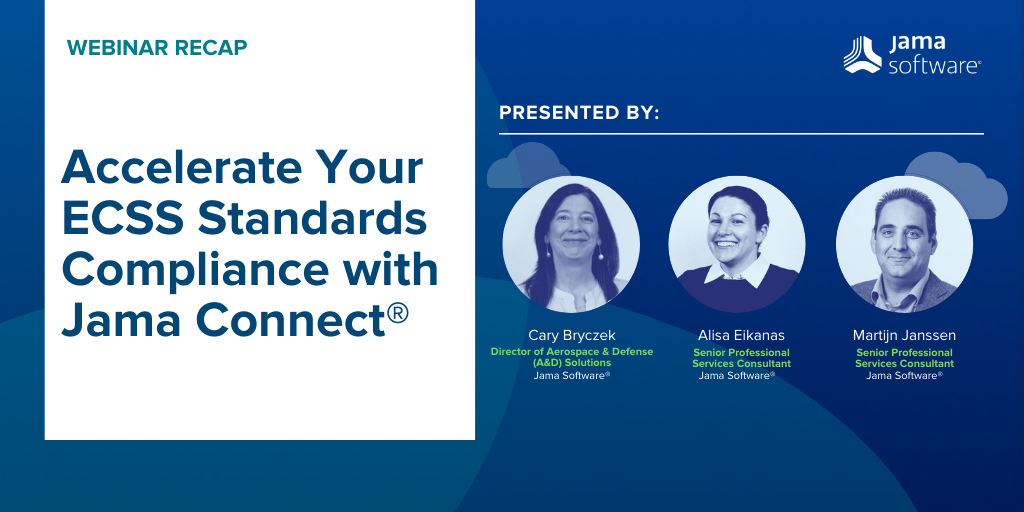




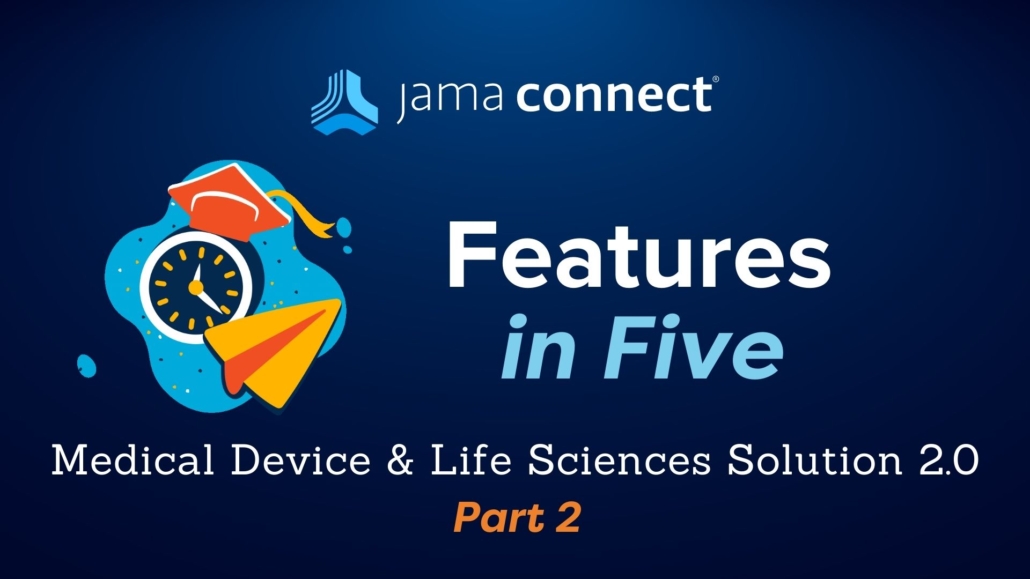

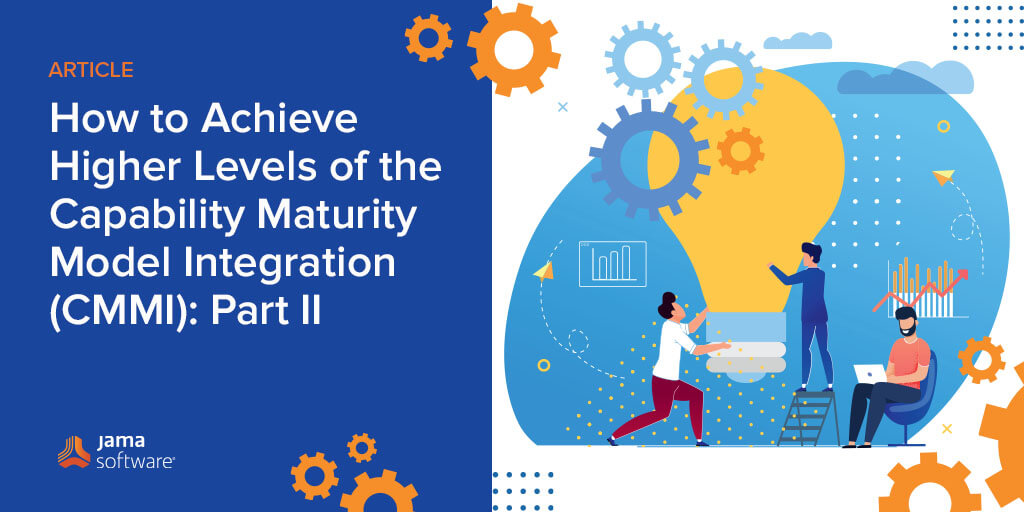 In part two of this two-part blog series, we continue the overview of our recent whitepaper, “How to Achieve Higher Levels of the Capability Maturity Model Integration (CMMI) with Live Traceability™” Click
In part two of this two-part blog series, we continue the overview of our recent whitepaper, “How to Achieve Higher Levels of the Capability Maturity Model Integration (CMMI) with Live Traceability™” Click 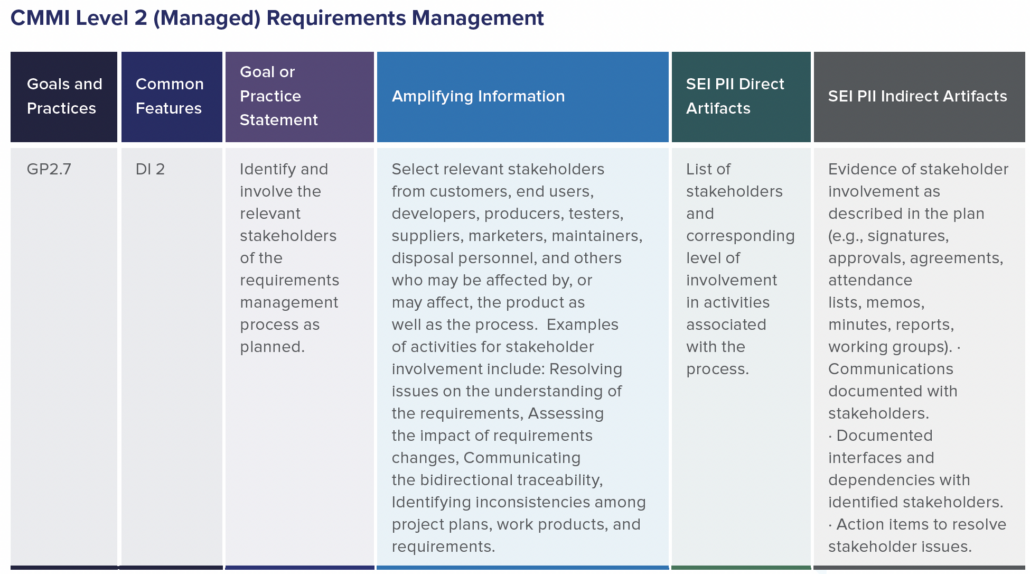
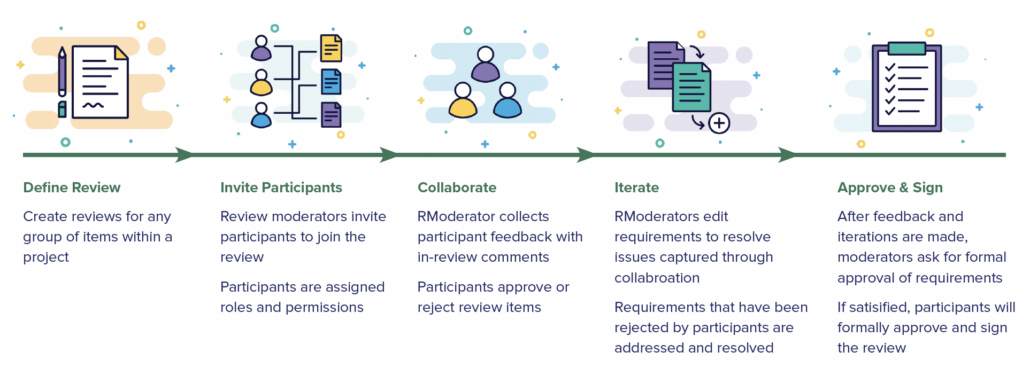
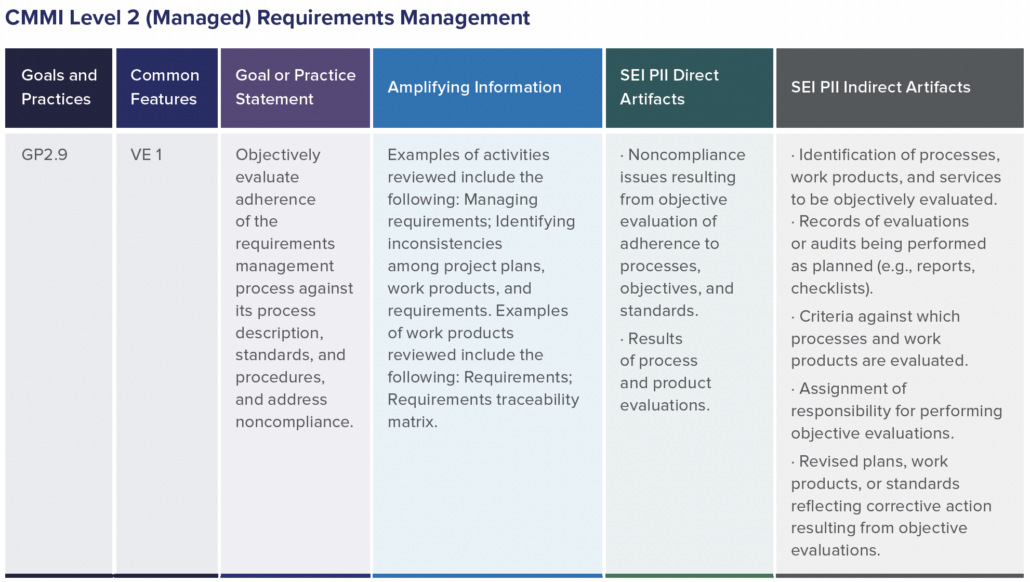
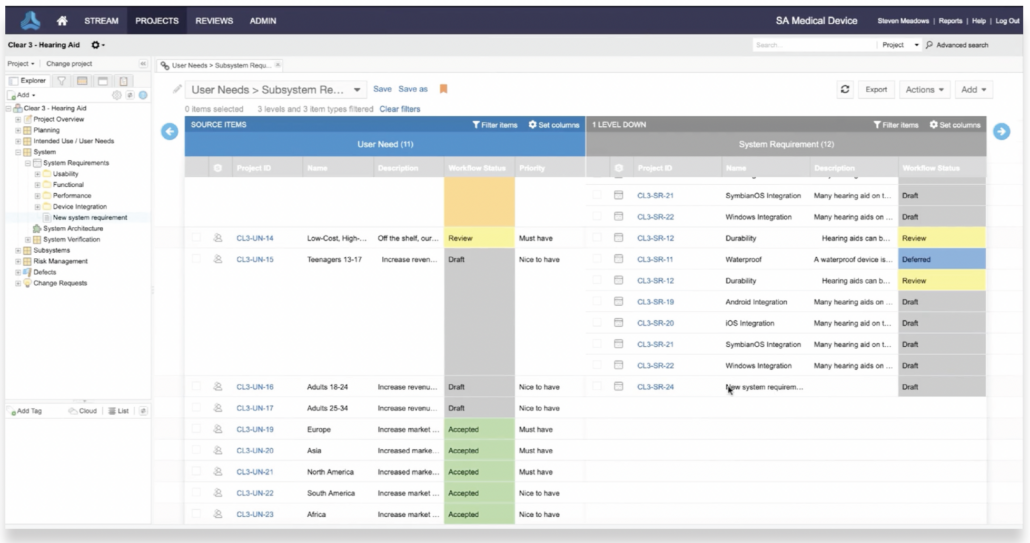
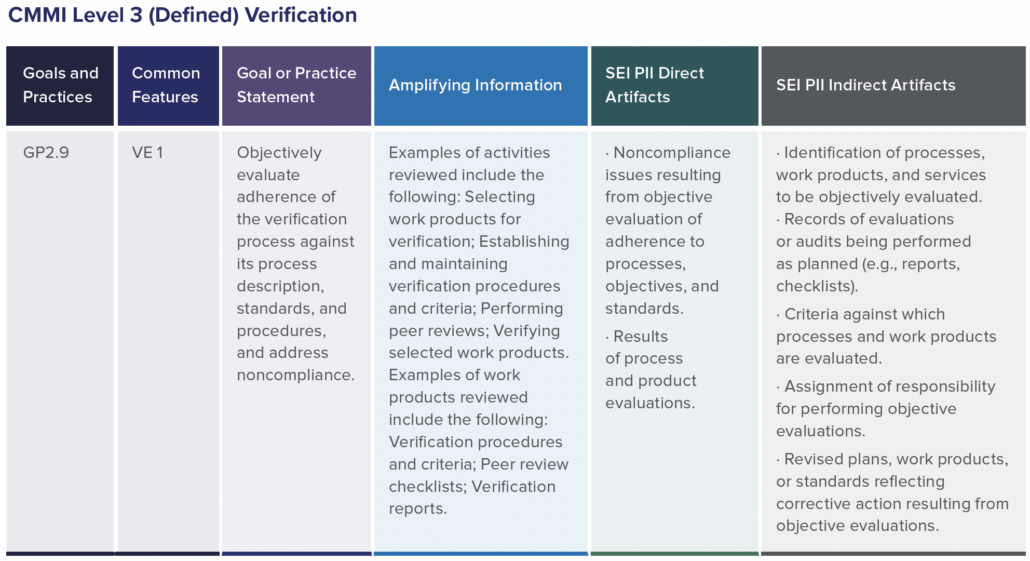
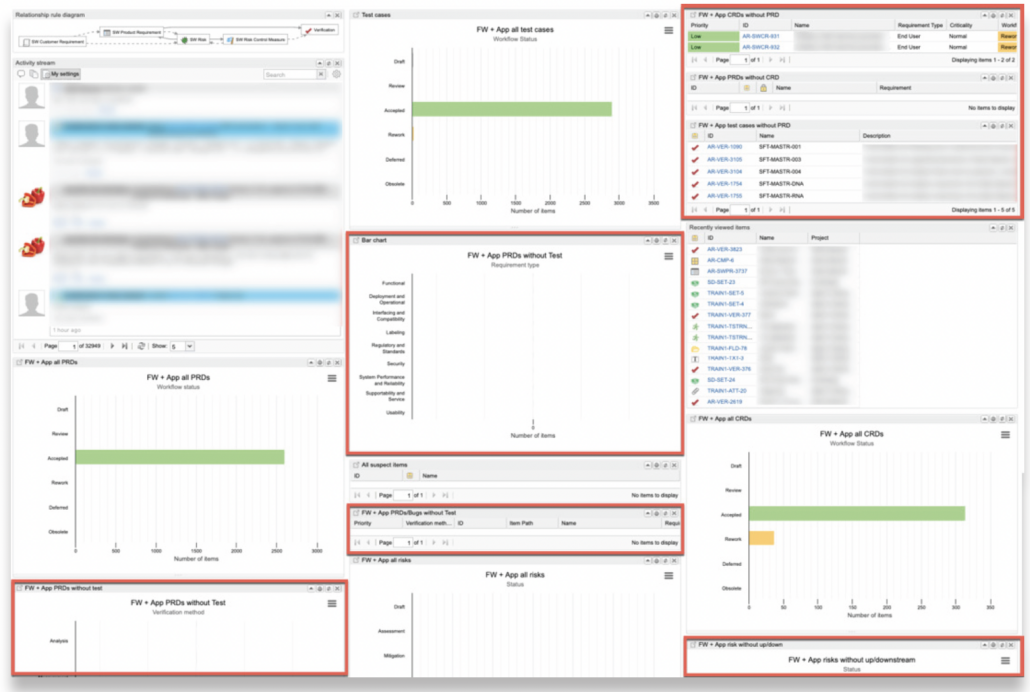
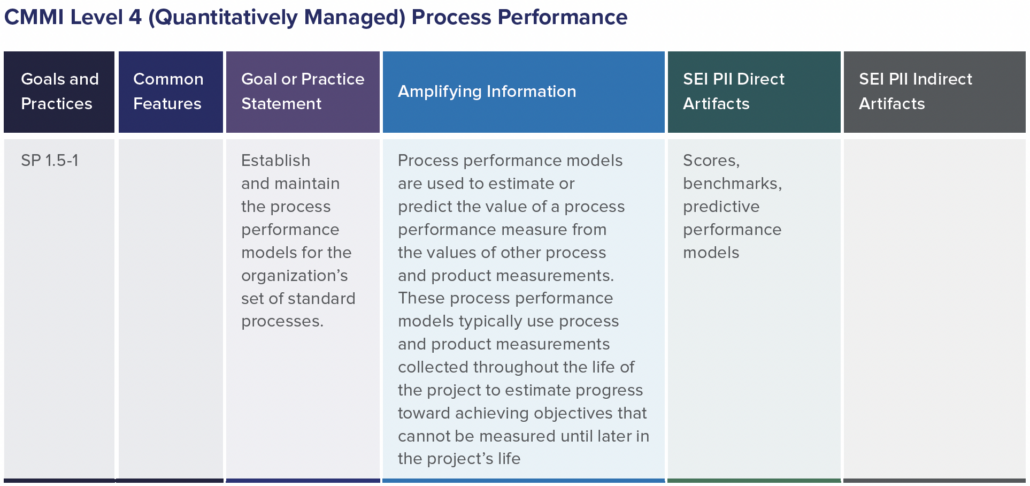
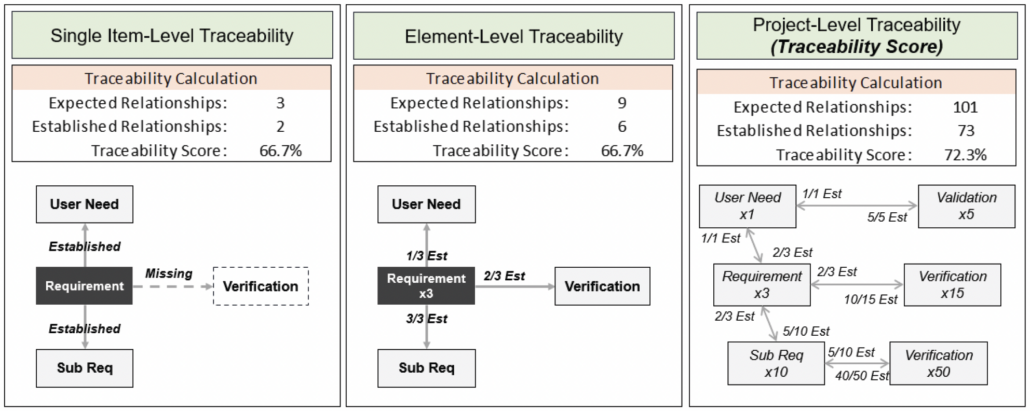
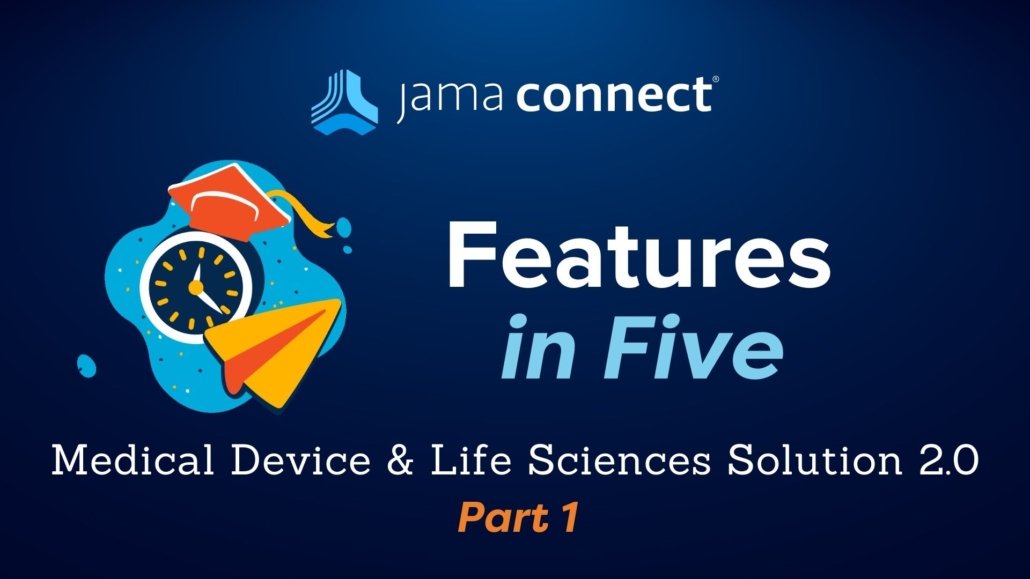
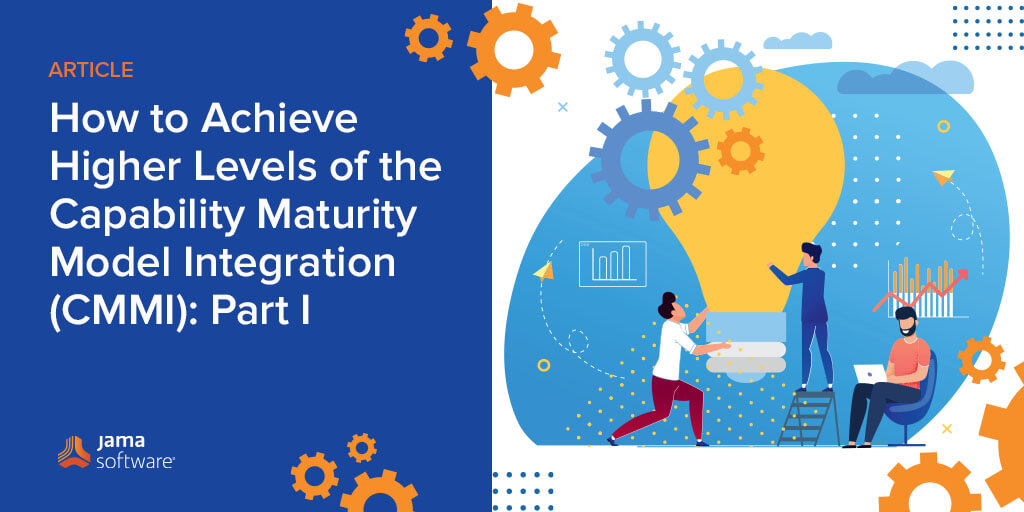 In part one of this two-part blog series, we provide an overview of our recent whitepaper, “How to Achieve Higher Levels of the Capability Maturity Model Integration (CMMI) with Live Traceability™” Click
In part one of this two-part blog series, we provide an overview of our recent whitepaper, “How to Achieve Higher Levels of the Capability Maturity Model Integration (CMMI) with Live Traceability™” Click 